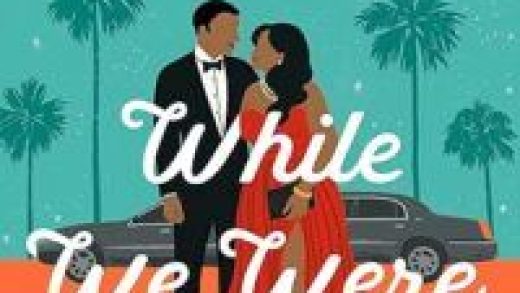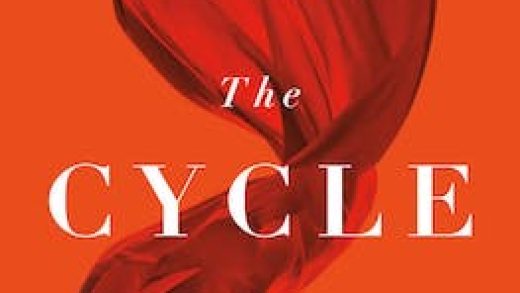Five out-of-print titles to look out for, from the author of “Rag”
Wandering into a used bookstore with no particular agenda, just to browse the shelves and piles, is one of the most romantic pastimes in existence. But you know what’s more satisfying? Wandering into a used bookstore with an agenda, and succeeding: laying your hands on a copy of the long-out-of-print book you’ve been trying to track down.
For this edition of Read More Women, Maryse Meijer—author of Rag, a short story collection that Kirkus called “rich, beautiful, and utterly terrifying” and compared to Carmen Maria Machado—digs up five books by women that have faded into obscurity, or at least from publication. Your mission, should you choose to accept it: find and read.
Read More Women is Electric Literature’s series, presented in collaboration with MCD Books, in which we feature prominent authors, of any gender, recommending their favorite books by women and non-binary writers. Twice a month, you’ll hear about the five non-male authors who most delight, inspire, and influence your favorite writers.

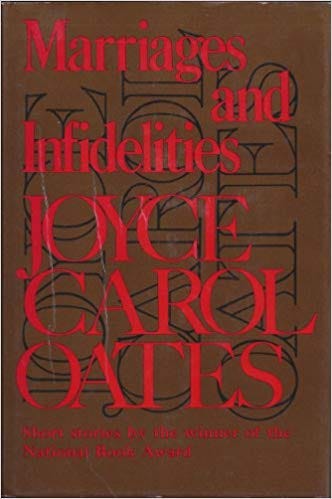
Marriage and Other Infidelities, Joyce Carol Oates
I know you don’t think Oates is “cool.” You think she writes too many books and she’s old and wears truly enormous glasses. You think someone who publishes 2–3 books per year couldn’t possibly be writing good books, because you’re supposed to spend 10 years wringing your life’s blood into a 10,000-word speculative fiction novella that you publish on handmade paper bound with dried sinew ripped from your own forearm. But guess what, book snob? You’re wrong. Yes, Oates has produced, in her haste to write all of us to death, a few mediocre novels and collections, and the occasional truly execrable poem. But even if only 20% of her oeuvre is outstanding, she’s still managed to write 20+ absolutely brilliant books…much more than anyone has any right to produce. And Marriages and Other Infidelities is just one of a series of spectacular collections she produced, back to back, in the ’60s and ’70s, stories as edgy, experimental, strange, and beautiful as anything the cool kids are writing now. Honestly, it’s bizarre that I never hear writers of my generation cite Oates as an influence; and yet, if you look at this early work, written before many of us was even born, you’ll see that she kind of already did everything we’re trying to do. Her obsession with the intersections of sex and violence and desire is the grandmother of our obsessions; her excavations of the creepy-crawlies swarming beneath the rocks of American culture is as fresh and incisive and brutal as anything you’ll read now. Respect your elders: read some Oates.
8 Groundbreaking Experimental Novels That Are More than 100 Years Old

Offside, Gisela Elsner
This German gem from the ’80s is a bit like Didion’s Play It as it Lays; a surgical, tragi-comic examination of a woman’s despair. Marriage, motherhood, and work prove to be unfulfilling for Lilo Besslein; she takes refuge in an affair, shopping sprees, and a decidedly unhealthy relationship to tranquilizers, but nothing can dispel her unhappiness. To me, it’s a book about the shame of not knowing how to feel better; Lilo should be able to make her life work, but she can’t, and her humiliation is buried beneath an increasingly insatiable appetite for self-destruction. If, like me, you have a soft spot for books about society’s “losers,” this won’t disappoint.

Kink, Kathe Koja
Jess loves Sophie. Sophie loves Jess. Then they meet Lena. While it’s not surprising that this threesome, like most in literature, eventually unravels, what is surprising is that the unraveling isn’t blamed on the usual suspects: i.e., a selfish jerk’s desire to have two women, or the illusions of a messed-up couple mistakenly seeking to fix their relationship problems by inviting a third into their bed, or a the stupidity of two people who dare to believe that happiness could be found outside of monogamy, etc. Rather, the book presents the threesome as a potentially viable, satisfying, rather beautiful (and, frankly, extremely desirable) way to construct a romance, if the people involved aren’t, you know, sociopaths. It’s a story that delights in shredding you emotionally, as you root for Jess and Sophie to figure their shit out, groaning as they fall for all Lena’s cold-hearted manipulations, but at the same time it denies the cynicism of it’s third character, ending — uncharacteristically for Koja — on an almost happy note. An erotic, engrossing, fast-paced, and perceptive novel about the courage required to survive the dissolution of a romantic ideal.
Home by Maryse Meijer
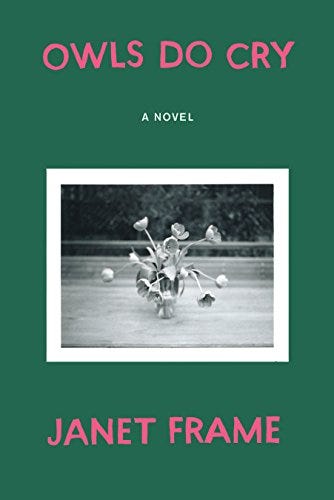
Owls Do Cry, Janet Frame
This is one of my all time favorite novels by one of my all-time favorite writers. An excruciatingly accurate story of an impoverished childhood, told from the perspective of pre-pubescent siblings in a small New Zealand town, Owls Do Cry is a book that speaks so richly and completely to the reader that it feels more like an iteration of one’s own memory than a work of fiction. Much has been made of Frame’s struggles with schizophrenia, and the influence of her mental illness on her writing style, but I think that her dreamy, startlingly inventive modernist prose is perfect for capturing what it really feels like to be and think and feel as a child. It’s telling that our conception of young minds — as always inferior to the adult brain, stuck in various stages of developmental insanity — that Frame’s depiction of childhood is so often likened to depictions of madness. In any case, the result is a wholly original and authentic evocation of life for two young people struggling to make sense of a difficult, beautiful, cruel world.
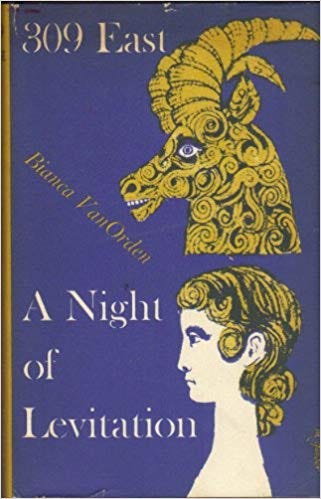
309 East & A Night of Levitation, Bianca VanOrden
I came across this pair of novellas at Shakespeare & Co. in Paris, crammed shoulder-to-shoulder with my fellow tourists, desperate to find something special to take home as a souvenir of the city. Lo and behold, there was this unassuming lady spine-out on the shelf, so faded that her title was illegible; an obscure, slim hardcover adrift in a sea of glossy paperbacks. Both of the novellas in this collection are exquisite, but A Night of Levitation demands special recommendation. A 16-year-old girl, sent off to stay with family on an island on the East Coast in order to forget her obsession with a married astronomy professor, finds more trouble in the form of another older man. What strikes me most about the story is how seriously VanOrden takes her protagonist’s desire; there is no cynical winking at an older and wiser audience as the author exposes Allegra’s affections as child’s play, immature and misguided — instead, the story is given the most profoundly respectful attention, an insight and intensity of feeling I found almost unbearable as I read. It’s a very beautiful, very sad story, maybe even a perfect one, and it resonates as deeply with me now in 2019 as I hope it did with readers in 1957.


Maryse Meijer Thinks You Should Track Down These Books by Women was originally published in Electric Literature on Medium, where people are continuing the conversation by highlighting and responding to this story.
Source : Maryse Meijer Thinks You Should Track Down These Books by Women




